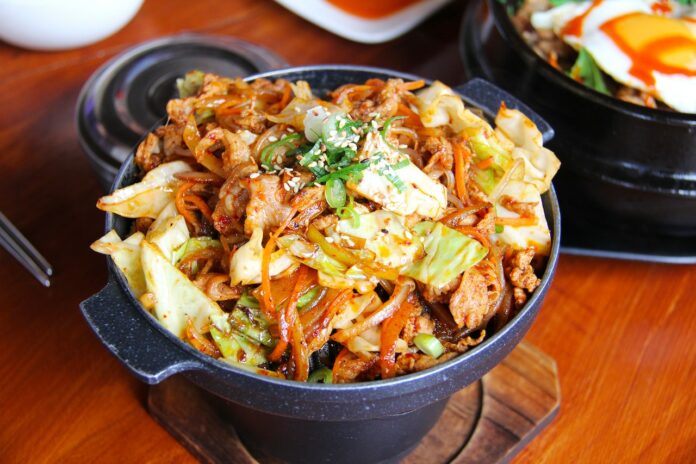Saute pans are an essential tool for any home cook. Whether you’re a professional chef or a beginner in the kitchen, a good saute pan can make all the difference in your cooking. But, it is not easy to know what to look for when buying a pan because so many variations are available. The top vital factors to think about before making a purchase will be covered in this post. Continue reading to find out!
1. Material
When purchasing a pan, the material should be your priority. Cast iron, copper, aluminium, stainless steel, and other materials can all be used to make pans. Selecting a material that meets your demands is crucial since every material has benefits and drawbacks. Stainless steel is a popular choice for its durability and versatility, while copper is an excellent conductor of heat. Aluminium is lightweight and heats up quickly, making it a perfect choice for cooking delicate foods. Cast iron is durable and retains heat well, making it ideal for searing and braising.
2. Size
The size of your saute pan is another critical factor to consider. Pans come in various sizes, from small 8-inch to large 12-inch pans. The size you choose will depend on your cooking needs and the number of people you typically cook for. A larger pan may be more suitable for cooking for a family or hosting dinner parties. However, a smaller pan may be more practical if you cook for one or two people. Consider the thickness of the saute pan, as thicker pans are less likely to warp and can distribute heat more evenly. Remember these factors when shopping for a pan; you’ll be well on your way to becoming a master chef in no time.
3. Shape
The shape of your pan is another critical consideration. pans can come in various forms, including round, oval, and square. Round pans are the most common and are suitable for most cooking tasks. Oval pans are great for cooking more significant cuts of meat or fish, while square pans are ideal for cooking foods that require even heat distribution, such as pancakes or eggs. When choosing the shape of your saute pan, think about the types of dishes you typically cook and which form would be most practical. A pan with a wide, flat base is ideal for searing meats and vegetables, while a deeper pan is better for cooking stews and braises.
4. Lid
A pan with a lid is a valuable feature to consider. Covers can help to trap heat and moisture, making it easier to cook certain foods. They’re also helpful when cooking dishes requiring more prolonged cooking, such as stews or braises. When choosing a pan with a lid, look for one that fits securely and has a sturdy handle. To trap heat and moisture, a cover can also help to prevent splatters and spills. Look for a pan with a tight-fitting lid to ensure that heat and moisture stay inside the pan and to avoid kitchen accidents.
5. Handle
The handle of your pan is another critical factor to consider. The handle should be sturdy and comfortable to hold, as you’ll use it to lift and move the pan around the stove. Choosing a handle that stays cool to the touch is also essential, as pans can get hot quickly. Handles can be made from various materials, including stainless steel, silicone, and cast iron. Choose one that’s comfortable to grip and suits your cooking style. Consider the pan’s weight when choosing a handle for your pan. A heavier pan may require a sturdier handle, while a lighter one may be more comfortable with a softer handle material like silicone.
Conclusion
When buying a saute pan, it’s essential to consider the material, size, shape, lid, and handle. Considering these factors, you can choose a pan that suits your cooking needs and preferences. Remember to select a versatile, durable, and easy-to-use pan to enjoy cooking delicious meals for years to come.











